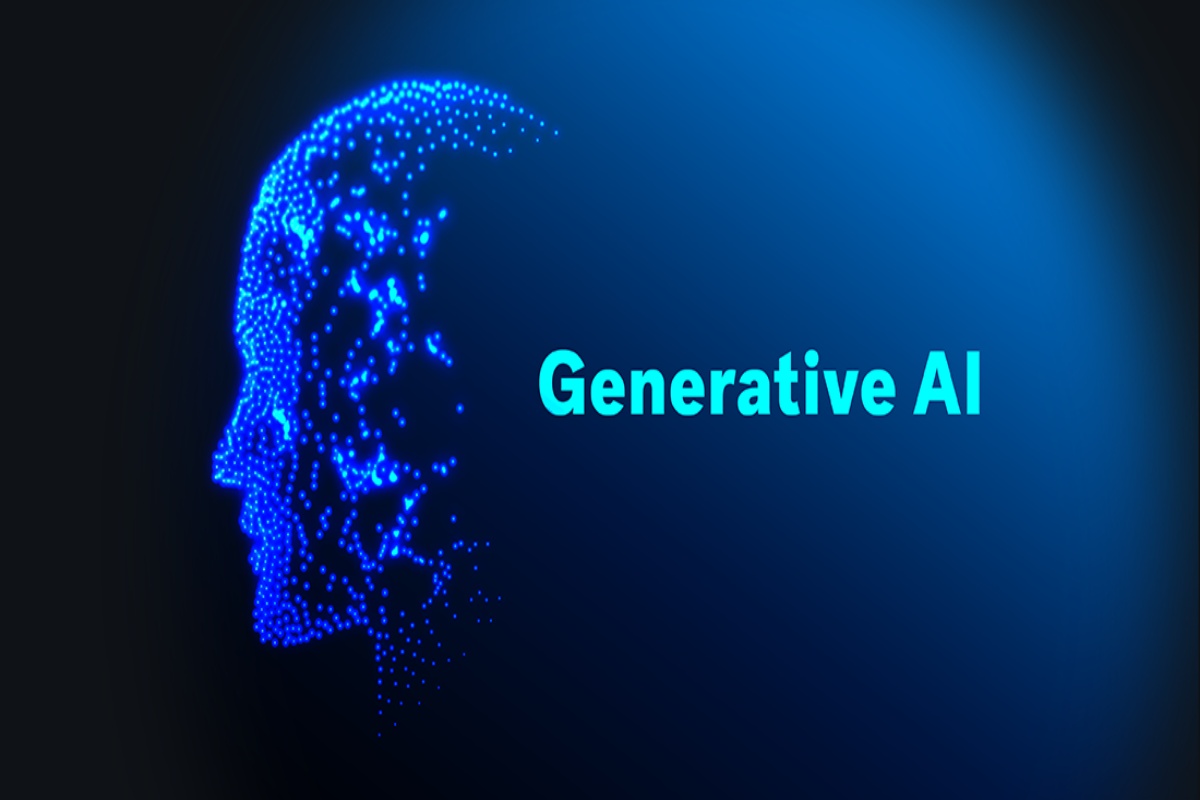Introduction
Generative AI, once confined to science fiction, is now at the forefront of technological innovation. From generating hyper-realistic images and videos to writing code, composing music, crafting poetry, and even engaging in deep philosophical conversations, generative AI is fundamentally reshaping how humans interact with machines. But as we stand on the precipice of this new digital renaissance, the question arises: where is generative AI headed next?
This blog delves into the current state of generative AI, its transformative potential across industries, the challenges it faces, and what the future might look like in a world where machines can create.
Understanding Generative AI
At its core, generative AI refers to a class of artificial intelligence that is capable of creating new content rather than simply analyzing or acting on existing data. Using models such as Generative Adversarial Networks (GANs), Variational Autoencoders (VAEs), Transformers, and Diffusion models, generative AI systems learn patterns in vast datasets and use that knowledge to generate novel outputs.
Examples include:
- ChatGPT: Creates human-like text.
- DALL·E & MidJourney: Generates images from text prompts.
- MusicLM: Produces music from descriptions.
- Sora (by OpenAI): Generates realistic videos based on prompts.
The Current Landscape
In 2024 and beyond, generative AI is already being embedded into daily life and enterprise workflows. Here’s a look at some present-day use cases:
- Content Creation: Automated writing, marketing copy, video scripting, game design, and even journalism.
- Software Development: Tools like GitHub Copilot assist in code generation and debugging.
- Healthcare: AI models help generate synthetic medical data, assist in drug discovery, and improve diagnostics through imaging.
- Design and Art: Artists and designers use generative tools for ideation, prototyping, and full-scale artwork creation.
- Education: Personalized tutoring, curriculum design, and language learning have seen a transformation through AI-generated content.
While this is impressive, we are only scratching the surface.
What’s Next? A Glimpse Into the Future of Generative AI
1. Multimodal Mastery
Future generative AI systems will seamlessly integrate multiple modalities—text, audio, image, video, and even 3D objects. Rather than having separate tools for each media type, unified models will process and generate across them simultaneously.
Imagine asking an AI to:
“Create a 30-second educational video explaining photosynthesis with animations, a voice-over in French, and subtitles in English.”
Such requests will become routine.
2. Personal AI Companions
With the evolution of personalization, generative AI will no longer be one-size-fits-all. Your AI assistant will:
- Understand your preferences.
- Remember past interactions.
- Adapt to your communication style.
- Provide contextual suggestions in real time.
Think of it as a lifelong learning partner, business strategist, emotional coach, and digital twin—all rolled into one.
3. Hyper-Automation in Enterprises
Generative AI will be a cornerstone of enterprise automation:
- Automated report writing and data visualization.
- Intelligent meeting summarization and task planning.
- Code generation based on natural language prompts for full-stack development.
This will lead to a new era of productivity where AI co-pilots work alongside humans at every organizational level.
4. Creative Renaissance
Just as the printing press revolutionized access to knowledge, generative AI is democratizing creativity. Individuals without technical skills or artistic training will be able to:
- Produce blockbuster-quality films.
- Compose original music.
- Publish illustrated books.
- Create immersive virtual reality experiences.
The barriers to creativity are being dismantled, ushering in a new renaissance.
5. Scientific Discovery and Innovation
AI will go beyond content creation and contribute to scientific breakthroughs:
- Simulating molecular interactions for drug design.
- Discovering new materials via generative chemistry.
- Formulating hypotheses and designing experiments.
- Generating synthetic biological systems.
Generative AI won’t just help us understand the universe; it may help rebuild it.
Challenges on the Horizon
While the future is promising, significant hurdles must be addressed:
1. Ethical and Societal Risks
- Deepfakes and misinformation: Hyper-realistic media can be misused to manipulate public opinion.
- Bias and fairness: AI models often perpetuate societal biases present in their training data.
- Job displacement: Many roles in writing, design, and analysis may be automated.
- Intellectual property: Who owns AI-generated content?
2. Technical Limitations
- Maintaining coherence in long-form generation.
- Contextual understanding over multiple interactions.
- Real-time generation with minimal latency.
3. Regulation and Governance
The pace of AI development has outstripped the creation of robust regulatory frameworks. Governments, tech companies, and civil society must collaborate to:
- Ensure transparency.
- Set standards for responsible AI use.
- Protect privacy and data rights.
The Philosophical Dimension
As generative AI grows more capable, we are increasingly challenged to define what it means to be creative, intelligent, and even human. If an AI writes a novel that makes us cry or a symphony that moves us, does the origin matter?
In the future, we may need to develop not just new technologies—but new philosophies.
Conclusion: Co-Creation, Not Competition
The future of generative AI is not about replacing humans but enhancing human potential. We’re entering a world of co-creation, where human imagination and machine capability converge to create things previously thought impossible.
To embrace this future, we must:
- Equip ourselves with new digital literacy.
- Foster ethical innovation.
- Build inclusive systems that uplift society.
Generative AI is not just a tool—it is a mirror reflecting our collective aspirations, fears, and creativity. The question is not what can it do, but what should we do with it?
Call to Action
Whether you’re a developer, educator, artist, or simply a curious mind—now is the time to engage. Learn the tools. Understand the implications. Shape the narrative.
Because the future of generative AI is not written in code—it’s written by all of us

